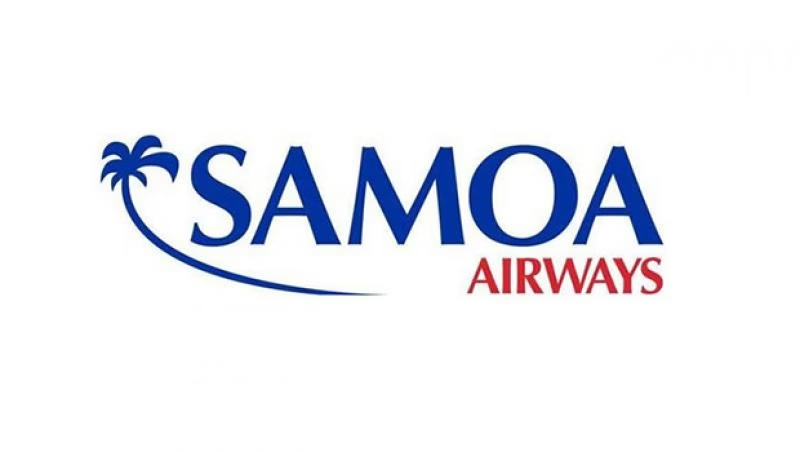DC airport art brings relief to troubled travelers
Mural: Frank Stella, Holoomooloo, Terminal C
Art is making a comeback in airports and major metropolitan buildings. Washington’s Ronald Reagan National Airport (DCA) is a wonderful example of how airport art can be integrated into the architecture of a large public structure. Its presence is subtle. Sometimes you have to look for it. But DC airport art soothes the troubled traveler’s soul with its serene beauty.
For centuries, grand buildings seemed to demand beautiful and unified artwork. Romans, churches, medieval emperors, and early American builders all used lavish decoration on their public buildings.
Then, for a short time, function overtook art (think Bauhaus design). Decorative details were deemed unnecessary or too expensive. The clean spaces and architectural details became an art in themselves. Office buildings and public spaces have embraced the utilitarian world of blocks and cubicles.
Airport architecture becomes art
Washington Dulles Airport, When Airports Became Art. Architect Eero Saarinen.
Happily, around 1960, an inspired architect turned his attention to airports and suddenly this poor terminal became an art form. The TWA terminal at John F. Kennedy Airport had curved curves that seemed to fly, and the original Dulles Airport building outside Washington, DC has a roof that bends over several acres of glass. Both were Eero Saarinen designs. Thirty-five years later, Fentress Bradburn Architects gave us Denver International Airport, whose amazing Teflon teepee roof mirrors the rugged Rocky Mountains that rise behind it.
Now the balance between form and function is being restored. The dance between art and everyday life is being played out daily at Reagan National Airport, Denver International Airport, San Francisco International Airport and other public spaces. The recognition that art influences human behavior is also beginning to be integrated into airport architecture.
DCA’s spectacular murals beneath your feet and boarded-up windows
The foliated trellis by Kent Boomer is displayed at the departure check-in level of Terminal C
At Reagan National Airport, the most prominent artwork is literally at your feet. Ten massive floor mosaics line the floor of Terminal C’s main concourse under a cathedral-like canopy. “Songs of Morning” by Gregory Henry and “Hulumooloo” by Frank Stella all add a splash of color to an often busy living space. Whenever I pass over them they stop me.
Above gate level, colored glass friezes and sculptures provide more decoration. As the sun makes its way across the sky, they also change the color of space. On the ticketing level curtain wall, Kent Bloomer’s “Foliated Trellis” offers a delicate treatment of aluminum and steel vines creeping across expanses of windows.
Artworks, such as “Chalk Stork” by Robert Vickery and “The Rink” by Bill Jacklin, adorn the walls in hidden spaces. And a series of ceramic panels in both abstract and figural designs integrated into the railings along the ticketing level rise. It all creates a warm DC Airport art experience.
The Rink by Bill Jacklin is on display on the Metro Bridge Wall in Terminal B
Art adds a human dimension
Such artefacts are very welcome at airports. It adds a human dimension to concrete, glass and steel. After all, airports are much more than giant sheds. Their job isn’t just to move people from curbside to security like many things on an assembly line. We are human beings, not mere goods. Stress reduction is as important as efficiency.
Art reduces stress admirably. Studies of the psychology of art have shown that color and design have dramatic effects on humans. Art stimulates the imagination and also reduces anxiety. It adds a human element to the structure and enhances the enjoyment Who are using the space.
Every airport has a feeling about it, something intangible. Some airports are necessary evils, stations that must be tolerated in a frustrating way in the way of anything else. There are other pleasant places, both interesting and soothing. Many airports are neutral and anonymous. They try to leave as little impression as possible on passengers, whether positive or negative. Ultimately, some airports inspire a kind of greatness. They encourage travel and make all things possible. These are the airports I remember fondly.
Also read:
See cutting-edge street art in the fresh air
Santa Fe Sightseeing Can Be Much More Than City Art
Please add any other airports that you think have amazing art, from their architecture to their interiors.
Charlie Leocha is president of Travelers United. He has been in Washington, DC for the past 14 years working with Congress, the Department of Transportation and industry stakeholders on travel issues. He was the first consumer representative on the Aviation Consumer Protection Advisory Committee appointed by the Secretary of Transportation from 2012 to 2018.



